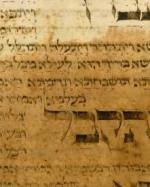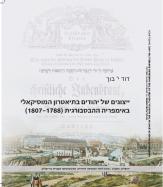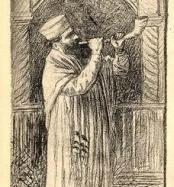(202 results found)
Kaddish
… themes of Cantatas that were composed for the Portuguese synagogue in Amsterdam by various composers. It is related … Transcription … Prayer … Liturgy … Liturgical music … Synagogue … Synagogue music … Kaddish …
Representations of Jews in the Musical Theater of the Habsburg Empire (1788-1807)
… known theatrical vocal pieces intended to replicate synagogue music. This music surfaces after the first positive Jewish characters began to appear on the German stage, presenting an alternative to the common …
Lekha dodi
… Judeo-Caribbean Currents: Music of the Mikvé Israel-Emanuel Synagogue in Curaçao … Jewish communities … Synagogue music … Afro American … America … Arrangements … …
Bernardo Feuer
… Feuer was a child. His father worked as the caretaker of a synagogue and the family had four children: Alter, Miriam, … Feuer formed a liturgical choir in the Dr. Max Nordau synagogue. In 1937, he founded another choir, which he named … 1959 Feuer also worked with the Sephardic Jewish and the German Jewish (Bnei Israel) community in Chile, and promoted …
Boaz Tarsi
… Cristofori Hall in Amsterdam, the Michelstadt Festival in Germany, Gary Karr, the Jerusalem Theater, Tel Aviv Museum, … Ha’ish) was released on “Cantorial Highlights of the Synagogue: Masterpieces of Synagogue music of the 19th and 20th century” CD in Berlin. …
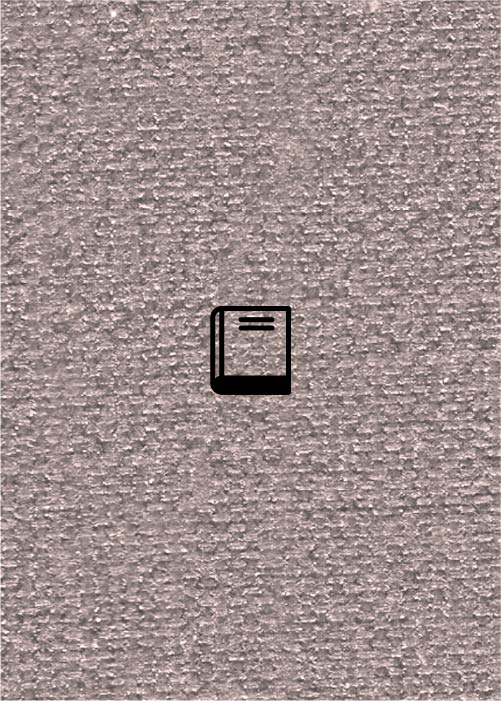
Avodat Shabbat
… by cantor David Putterman for New York's Park Avenue Synagogue in 1958. In 1963 it was performed in Temple …
A centerpiece of the High Holydays liturgy: Shofet Kol Ha'aretz in Moroccan and Yemenite versions
… recalls the close association between Temple sacrifices and synagogue prayers. Since the loss of the Temple, prayer has … catalogue. The persistence of our poem in the heart of the German soil and its presence further East, in Poland, is … documented in 1724 and 1733) found in South and West Germany, West of the Rhine river (See image no. 1) and in …
‘I’m Sorry, It’s Yom Kippur’: Atonement through Punk (and Traditional Jewish Music)
… in Jewish rituals. Bazant writes about his feelings at the synagogue when he is faced with a Mehitza (a divider between men and women at traditional synagogues): 'I see a sign at the entrance to the sanctuary …

